Things Starfield Does Better (and Worse) Than Fallout
10 ways Starfield is better than Fallout, and 10 ways it is worse.
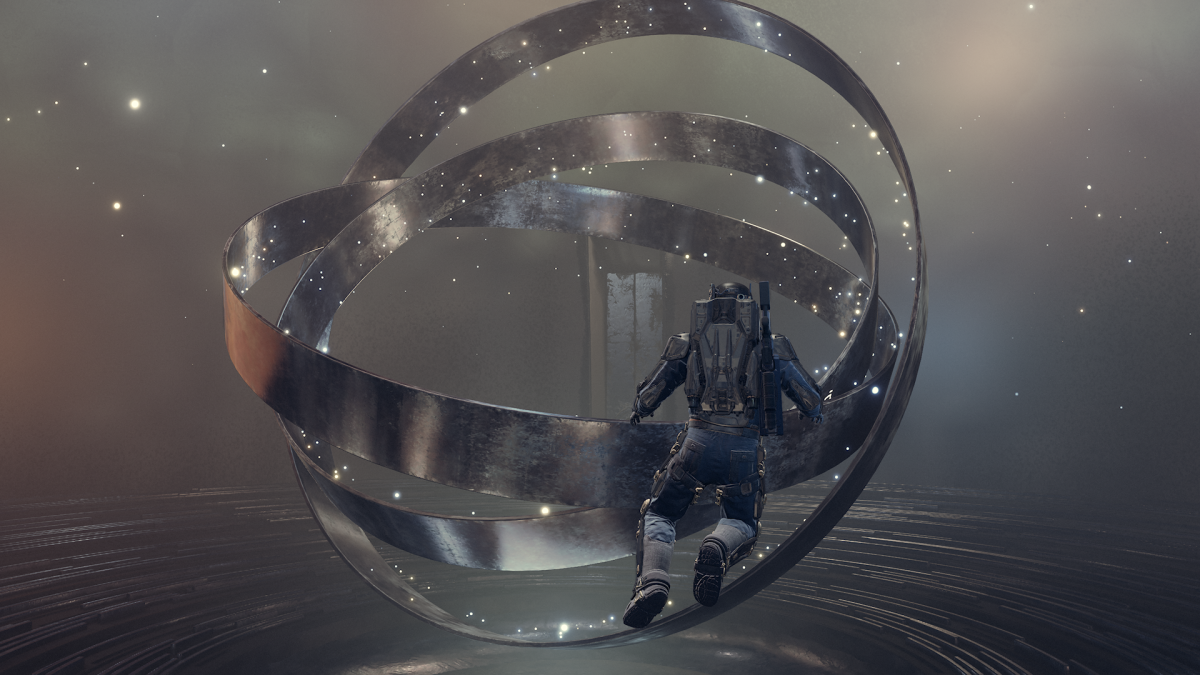
Since its release, Starfield has drawn many comparisons to previous Bethesda RPGs, especially the developer’s flagship sci-fi series, Fallout. In the leadup to launch, many questioned whether the newest IP could meet Bethesda’s standard, or if it would flop as an outdated, pale imitation. Surprisingly enough, Starfield actually did manage to surpass Fallout in many ways, while simultaneously failing to match its RPG counterpart in other respects. Although it is somewhat unfair to compare a debut title to an established series, let’s take a look at ten ways Starfield has exceeded Fallout’s greatness, along with ten things that Bethesda’s newest release does worse than its nuclear-themed predecessor.
Better: Graphics/Visuals

Starfield clearly surpasses Fallout in terms of graphics, performance, art style, and overall visual greatness. While that is probably to be expected, as the previous two Fallout games came out nearly 5 and 8 years ago respectively, even back at their launches Fallout 4 and Fallout 76 were criticized for looking “last-gen.” Even though Starfield’s visuals don’t quite reach the heights of the current generation’s graphical capabilities, witnessing the game’s breathtaking galaxy outmatches anything that can be viewed in Fallout.
Worse: Music
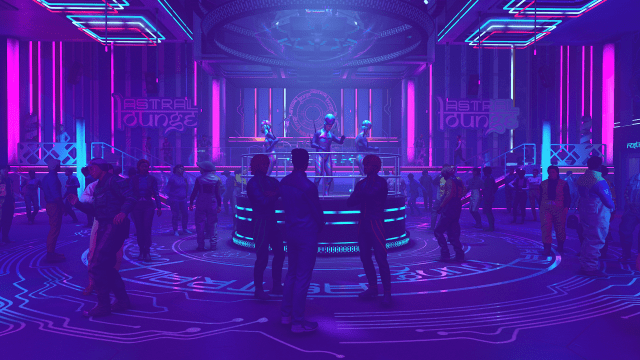
Even though Starfield’s musical score truly embodies the cosmos and exudes interstellar flavor, it can’t hold a candle to Fallout’s one of a kind soundtracks. Along with the catchy orchestral theme song, Fallout separates itself from Starfield thanks to its long-running use of old-timey earworms from music legends like Frank Sinatra, Billie Holiday, Nat King Cole, Bing Crosby, Dion Dimucci, Dean Martin, Ella Fitzgerald, and so many other artists who can be heard in the game’s various radio stations.
These songs from music royalty of yore, as well as the memorable compilation tracks from lesser-known artists, work seamlessly in Fallout’s retro-futuristic world. As much as I enjoy Starfield’s epic score (particularly the Neon theme song), its music simply can’t match the uniqueness of Fallout’s catchy tunes.
Better: World Traversal/Vehicles
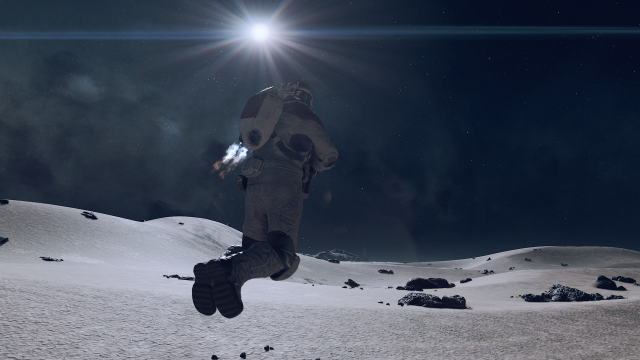
Thanks to the spaceship, fast travel via scanner, and the trusty boost pack, exploring the open world of Starfield is far easier than Fallout. Reaching high platforms, or maneuvering to find objectives is a breeze, and jumping off high cliffs to reach low areas won’t kill you (as long as you make sure to time your jetpack boosts right). On the other hand, excluding mods, Fallout has no pilotable vehicles of any kind, the world can’t be traveled as quickly, and the use of jetpacks requires specific builds, high level characters, and power armor.
Worse: Combat

Like previous Bethesda RPGs, Starfield has polished combat systems with traditional gunplay and melee combat, along with the new additions of spaceship battles, and even (early spoiler alert) space-themed powers. These may be well-executed, but Fallout has superior combat, thanks to the Vault-Tec Assisted Targeting System (aka V.A.T.S.), which creates a tactical, slow-motion gameplay experience. V.A.T.S. turns average Fallout combat encounters into cinematic moments, which is something Starfield simply can’t match.
Better: Realism

A frequent debate among science fiction fans is over the preference between hard vs. soft sci-fi, which in layman’s terms is the difference between stories that adhere to strict scientific realism vs. those that don’t. Starfield is undoubtedly a far cry from hard science fiction (i.e. space powers), but Bethesda clearly made an effort to build a believable future, with aspects of technological realism, as well as integrating a rational mix of utopian and dystopian concepts into the game’s lore.
Many of the planets, civilizations, and technology of Starfield don’t seem too far detached from reality, and Bethesda’s 24th-century vision is plausible at its core, with many parallels to our present-day world through the game’s social commentary. On the other hand, Fallout stylistically opts for a more bizarre, hyper-exaggerated future of nuclear chaos with mutated monsters, absurd weaponry, and a more zany overall vibe. Even if it’s not exactly hard science fiction, for fans of more realistic sci-fi, Starfield clearly outperforms Fallout.
Worse: Uniqueness/Identity

Although I appreciate Starfield’s grounded vision, the new RPG is missing Fallout’s uniqueness. When it comes to its world, gameplay, and genre, Starfield hasn’t separated itself enough from past space exploration experiences, with many of the game’s concepts having been done (better) previously. Starfield feels more like a retread of the space exploration subgenre and doesn’t exactly break any new ground with its RPG mechanics.
In comparison, Fallout has been a foundational title/household name in the videogame medium for decades and truly has established its own distinctive personality, with highly unique lore, memorable settings, gameplay features that can’t be found elsewhere, and an undeniable attitude. Even though potential Starfield sequels could help Bethesda’s new IP flesh out more of an identity, for now at least, it has a lot to learn from Fallout.
Better: Powers
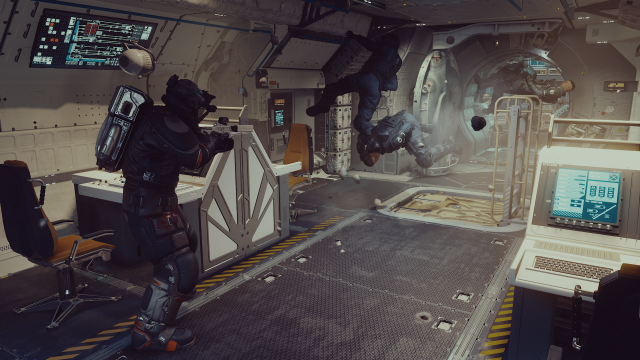
Starfield introduces an impressive array of space-themed superpowers that can be acquired during the game’s story, which are useful inside and outside of combat. These powers are akin to magic, granting players the ability to manipulate gravity, control oxygen, see the future, and so much more (basically turning player characters into space mages). In this respect, Fallout can’t even compete.
Worse: Skill Trees/Perks

Returning to the idea of Starfield being more realistic, the negative side of this is that the game’s skill trees are way more basic (and boring) than Fallout’s S.P.E.C.I.A.L. stats and perks. While leveling up in Starfield grants players skill points to boost certain abilities, on the flip side, Fallout includes perks that provide highly unique benefits. Some of the most memorable Fallout perks include “Wild Wasteland” in New Vegas, which added bizarre random encounters to the game (such as alien spawns), or the recurring “Mysterious Stranger” that provided a trenchcoated ally who could show up to help in battle at any given moment, and even a “cannibal” perk that gave players the option to eat corpse flesh, among many more crazy bonuses. Even though Starfield has a lot of powerful skill upgrades to acquire, Fallout’s perk system is clearly more memorable.
Better: Photo Mode
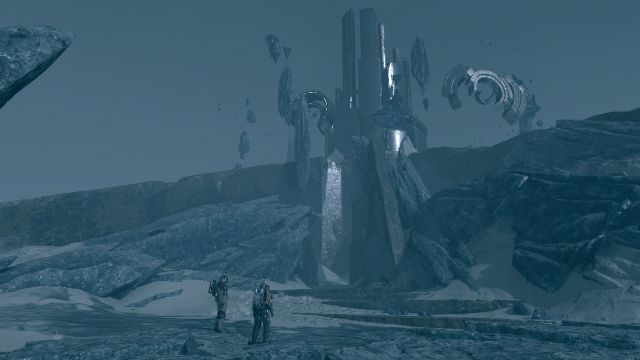
In an increasingly common trend in modern gaming, Starfield includes a photo mode, which has not been seen as frequently in Fallout, aside from Fallout 4 mods, and the online-only Fallout 76. Starfield has an excellently designed photo mode, with the ability to quickly capture scenes from the 24th century at the push of a button while using the scanner. Starfield’s photo mode accessibility and ease of use are clearly better than Fallout’s version.
Worse: The Intro Mission
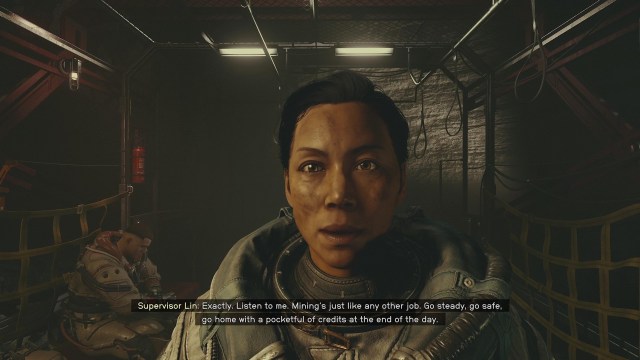
As a long-time fan of previous Bethesda RPGs, I was really excited to see what the developers had in store for Starfield’s opening mission. After all, the introductory quests of The Elder Scrolls and Fallout series have featured some of the most memorable moments in the history of gaming. From the iconic wagon ride of Skyrim, to getting shot by Matthew Perry in Fallout: New Vegas, having Liam Neeson as our dad in Fallout 3, to being sprung from prison by Emperor Patrick Stewart in Oblivion, and even narrowly escaping a nuclear blast in Fallout 4, my expectations were sky high for Starfield’s intro mission. But what did Bethesda give us this time? Finding a weird rock in a mine and fighting some pirates. In all fairness, the first mission in isn’t terrible, it’s just very basic and does not live up to the developer’s standard.
Better: Accessibility/Quality of Life/Tutorials

Starfield has improved on the Bethesda formula through its emphasis on quality-of-life features, tutorials, and overall accessibility. The world of Starfield is very simple to navigate and finding paths to the objective is intuitive, as opening the scanner will literally display arrows to guide players in the right direction. The tutorials are very clearly illustrated and the game thoroughly explains its mechanics. In contrast to Bethesda’s Fallout games, many of the dilapidated, post-apocalyptic settings can be somewhat challenging to navigate, making it very easy to get lost, and tutorials are not nearly as prevalent. This doesn’t mean Fallout lacks accessibility or clear tutorials, but Starfield simply outshines it in this regard.
Worse: The Map
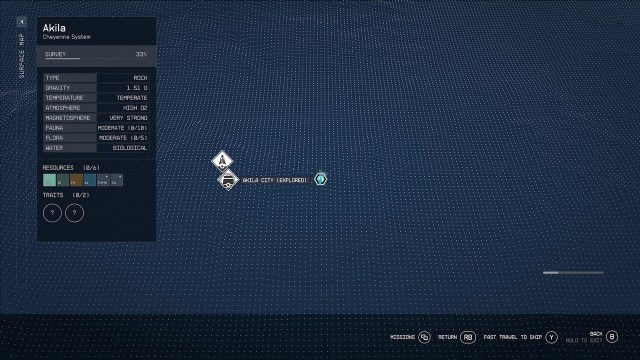
There is no way around it, Starfield’s map is lackluster. It’s a surprising flaw given the fact that the game’s charts of the various solar systems are intuitively designed, but the planetary maps show very little information and are a disappointing downgrade from Fallout (as well as The Elder Scrolls).
Better: Customization
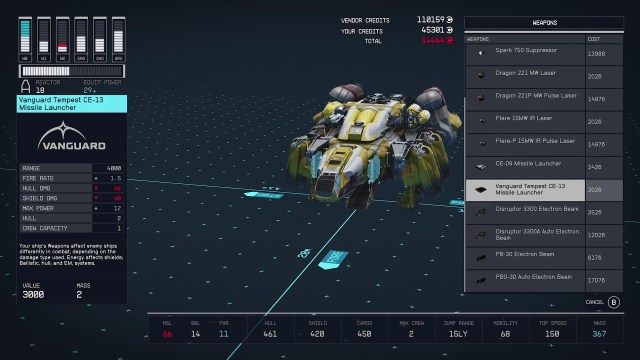
From its ships to characters, when it comes to customization, Starfield is the pinnacle of Bethesda’s RPGs. For ships there are a wide variety of parts and weapons that can turn your lowly space skiff into a formidable, feared vessel. You can even dismantle and rebuild the starship if you choose to.
Secondly, Starfield has deep character customization, allowing you to mold your protagonist as you see fit and choose from one of the 21 varied backgrounds. On the subject of character customization, (to the rage of bigots) Starfield allows players to choose their character’s pronouns, providing more roleplaying options, as well as basic human decency. I’m sure future Fallout games will eventually include these customization options, but for now, Starfield comes out on top in this category.
Worse: Roleplaying Elements
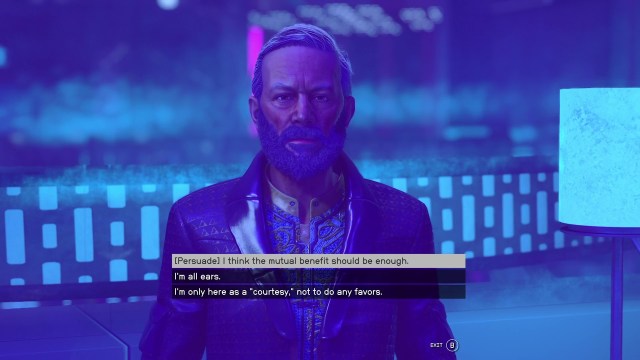
Even though “RPG” is increasingly becoming more of a marketing term/buzzword in the modern gaming space, there is no denying that Starfield is a true roleplaying game in Bethesda’s classic tradition. However, when juxtaposed against Fallout, Starfield’s RPG elements are noticeably worse. The biggest omission is the lack of Fallout’s karma system, which measures the morality of player choices, thus impacting the game’s world. For example, in previous Fallout games, some NPC companions can only be acquired after reaching certain good or evil benchmarks.
It was a missed opportunity for Starfield to not incorporate a similar morality system, as it has been such a boon to replayability and roleplaying in previous Fallout experiences (specifically Fallout 3 and New Vegas). Yes, your companions can become angry at your character for committing devious actions in Starfield, but there is just not an equal substitute to Fallout’s intricate, well-designed karma system found in the new RPG.
Better: Open World Size
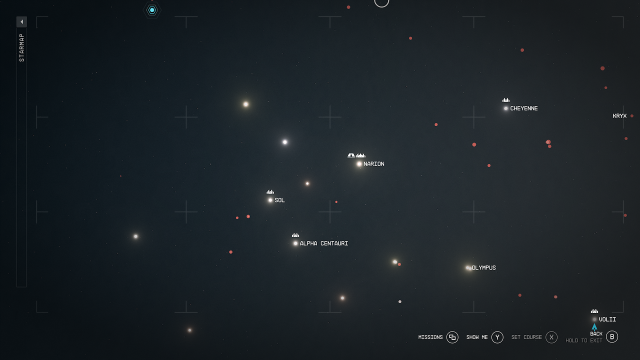
Starfield is downright massive, dwarfing any Bethesda project before it. There is a literal galaxy to explore with over 1,000 planets, and it will take many thousands of hours for players to witness the entirety of this exciting new universe. There is no contest here, Fallout is merely a pale blue dot in comparison to Starfield’s galaxy.
Worse: Open World Repetitiveness

Starfield may have an advantage of “quantity” in its open world, but “quality” is clearly Fallout’s strong suit. Where Fallout games have detailed, curated open worlds, many Starfield planets tend to be empty and repetitive. Even though discovering a new solar system can be exciting, outside of missions, the exploration gets old fast, as scanning the flora/fauna, collecting resources, finding points of interest, etc. doesn’t feel distinctive enough between planets. Ultimately, the environments and biomes may be unique and varied on each of Starfield’s many planets, but the things you can do in those locations are not.
Better: Achievements
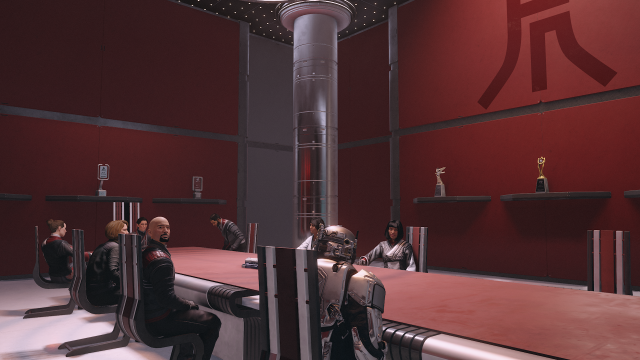
As someone who earned the platinum trophy in the PlayStation versions of Fallout 3, Fallout: New Vegas, and Fallout 4, I appreciate that Starfield has a more reasonable achievement list with fewer missables, easier collectibles, and far less grinding. The whole point of playing an RPG is escapism and interacting with the world through the lens of your created character, so I appreciate that Starfield opted for more straightforward, completion-related achievements.
Don’t get me wrong, I loved my time in each of the aforementioned Fallout experiences, but having to worry about being locked out of trophies due to siding with certain factions, missing a bobblehead collectible, or worst of all, “reaching maximum happiness in a large settlement” (curse you Fallout 4 Benevolent Leader achievement!) were all tedious immersion killers. Starfield’s 100% achievement completion is definitely time-consuming, clocking in at an expected 100+ hours, but its list manages to provide an equally holistic experience as Fallout’s, without the need to consult guides as frequently (except for Prima Games of course, whose guides you should definitely read as much as possible).
Worse: Collectibles & Mascot
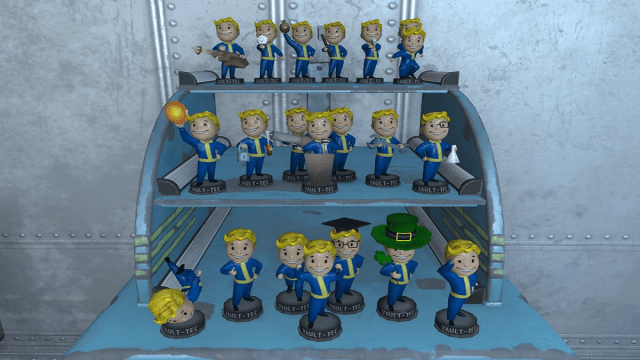
It’s not that Starfield doesn’t have collectibles, as there are skill magazines (similar to Fallout), plush toys (that serve no purpose), and other trinkets scattered throughout the world, but these lack the pizzazz of Fallout’s Bobbleheads. The collectible Vault Boy knick-knacks were not only cool display items but also provided important stat buffs, making finding them very useful to certain builds.
Also, on the subject of the Vault Boy, Fallout’s iconic mascot is a classic character, instantly recognizable by fans, and even by those who haven’t even played a single title in the long-running series. Unsurprisingly, the younger Starfield does not yet have any mascot or icon that is comparable to the legendary Vault Boy.
Better: Bugs/Glitches
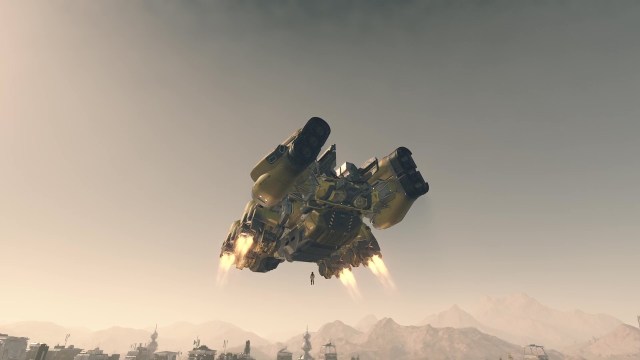
Although Bethesda is a quality developer that has collected every conceivable accolade, it’s no secret that their games have been mired with technical problems through the years. These have run the gamut from bizarre, sometimes humorous momentary glitches to save-damaging hard crashes and everything in between, leading many to worry that Starfield was going to be extremely buggy at launch. Ultimately, while there are still plenty of bugs to be found, Starfield launched in a far more polished state than Bethesda’s recent Fallout games.
While I can’t speak for every Starfield gamer, after dozens (and dozens) of hours in the new RPG, I still have yet to encounter a crash or any major issues. On the other hand, my ventures into previous Bethesda Fallout games (and The Elder Scrolls as well) saw a much higher rate of glitches, bugs, and crashes. Is Starfield perfect from a technical standpoint? No. Does it have fewer bugs than Fallout? Undeniably yes.
Worse: Monsters

Last, but certainly not least, Starfield’s extraterrestrial organisms pale in comparison to Fallout’s mutated monsters. Even though the newly introduced Terrormorphs are both well-named and designed, the alien lifeforms of Starfield aren’t in the same league as Fallout’s mutant monstrosities
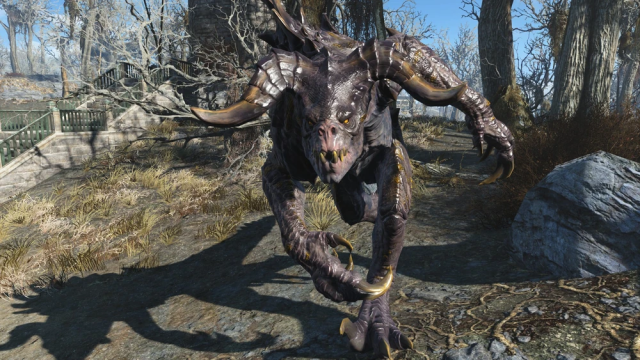
With Radscorpions, Mirelurks, Feral Ghouls, Giant Ants, Bloatflies, and the always terrifying Deathclaws (just to name a few of my favorites), Fallout shows that you don’t need a spaceship to meet some of the most fearsome, iconic monsters in the history of gaming; they can be found right here on Earth with the help of a little nuclear radiation.
Even though Fallout and Starfield will be compared and contrasted for years to come, we can only hope that these series, both old and new, will continue to push the gaming medium forward and give us great new sci-fi roleplaying experiences for decades to come.
For more features from Prima Games, check out our recent fantasy videogame league draft.
